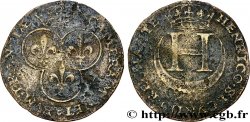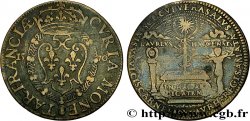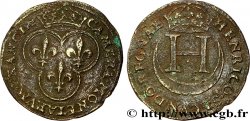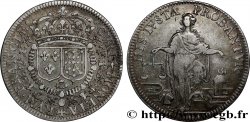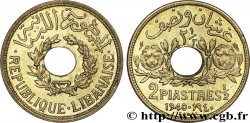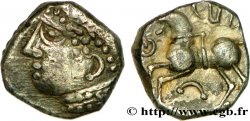v08_1420 - COUR DES MONNAIES DE PARIS Jeton 1580
MONNAIES 8 (2000)
Starting price : 144.83 €
Estimate : 228.67 €
Realised price : 144.83 €
Starting price : 144.83 €
Estimate : 228.67 €
Realised price : 144.83 €
Type : Jeton
Date: 1580
Mint name / Town : Paris
Metal : brass
Diameter : 28 mm
Orientation dies : 6 h.
Weight : 5,67 g.
Rarity : R1
Coments on the condition:
Flan large et régulier. Haut relief au revers, un peu plus faible au droit. Jolie patine de collection
Catalogue references :
Obverse
Obverse legend : + CVRIA. MONE-TAR. FRANCIÆ +.
Obverse description : Écu de France couronné entouré du collier de l'ordre de Saint-Michel.
Obverse translation : (Cour des monnaies de France).
Reverse
Reverse legend : + PATET. FALLATIA. TANDEM..
Reverse description : Archimède à gauche trempant la couronne de Hiéron de Syracuse au-dessus d'une bassine d'eau et versant de l'eau dans la bassine à l'aide d'une aiguière ; à l'exergue 1580 ; derrière la bassine Archimède en grec.
Reverse translation : La supercherie est enfin découverte. Archimède.
Commentary
Au XVIe siècle, la Cour des monnaies de Paris fit frapper une grande diversité de jetons dont les motifs changeaient presque chaque année. L'iconographie du revers fait allusion à la découverte de l'hydrostatique par Archimède et à son fameux théorème : le roi de Syracuse, Hiéron, soupçonnant un orfèvre de lui avoir fabriqué une couronne d'or, frauduleusement alliée d'argent, demanda à Archimède de déterminer s'il y avait eu fraude sans détruire la couronne. Après maintes réflexions il trouva la solution dans sa baignoire. Le revers représente Archimède trempant la couronne de Hiéron dans une bassine afin d'en déterminer la densité.
In the 16th century, the Paris Mint minted a wide variety of tokens, the designs of which changed almost every year. The reverse iconography alludes to Archimedes' discovery of hydrostatics and his famous theorem: the king of Syracuse, Hiero, suspecting a goldsmith of having made him a gold crown, fraudulently alloyed with silver, asked Archimedes to determine whether there had been fraud without destroying the crown. After much thought, he found the solution in his bathtub. The reverse depicts Archimedes dipping Hiero's crown into a basin to determine its density.
In the 16th century, the Paris Mint minted a wide variety of tokens, the designs of which changed almost every year. The reverse iconography alludes to Archimedes' discovery of hydrostatics and his famous theorem: the king of Syracuse, Hiero, suspecting a goldsmith of having made him a gold crown, fraudulently alloyed with silver, asked Archimedes to determine whether there had been fraud without destroying the crown. After much thought, he found the solution in his bathtub. The reverse depicts Archimedes dipping Hiero's crown into a basin to determine its density.







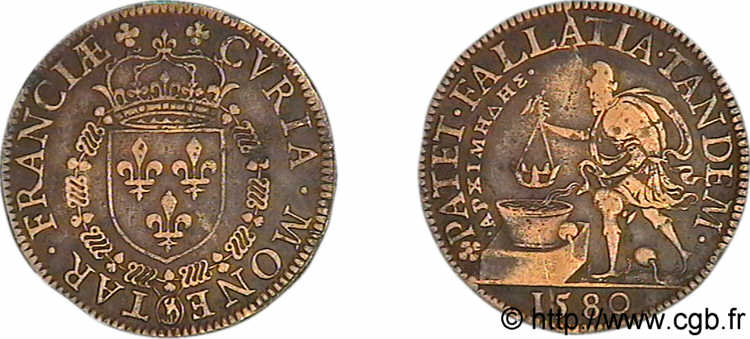
 Report a mistake
Report a mistake Print the page
Print the page Share my selection
Share my selection Ask a question
Ask a question Consign / sell
Consign / sell
 Full data
Full data